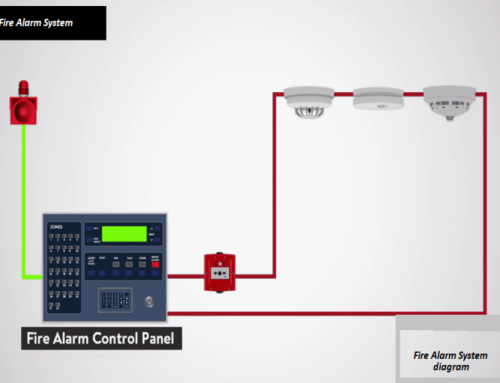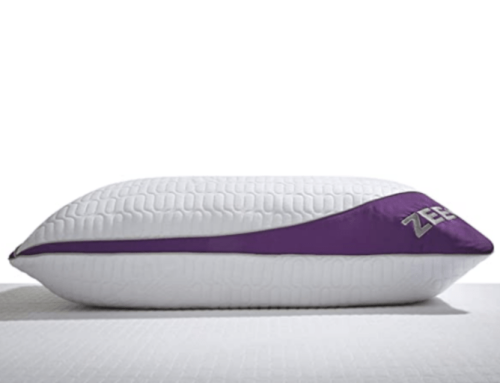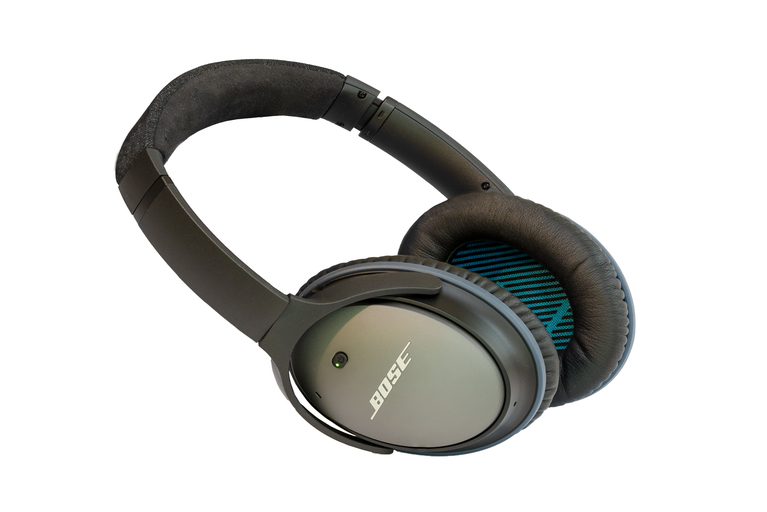
If you are a commuter or music lover who uses their headphones to listen to music in public, then most probably you don’t like to ruin your musical moments with any external noise. To avoid this there is no better option rather than noise-canceling headphones. Many of us believe that to get better sound quality they need to spend more money, but that’s only half right; you need to also prevent external noise or ambient noise that could overpower your music from reaching your ears. Most of the audio industries have tried their hand at active noise-canceling headphones. But how do noise-canceling headphones work? Let’s find out.
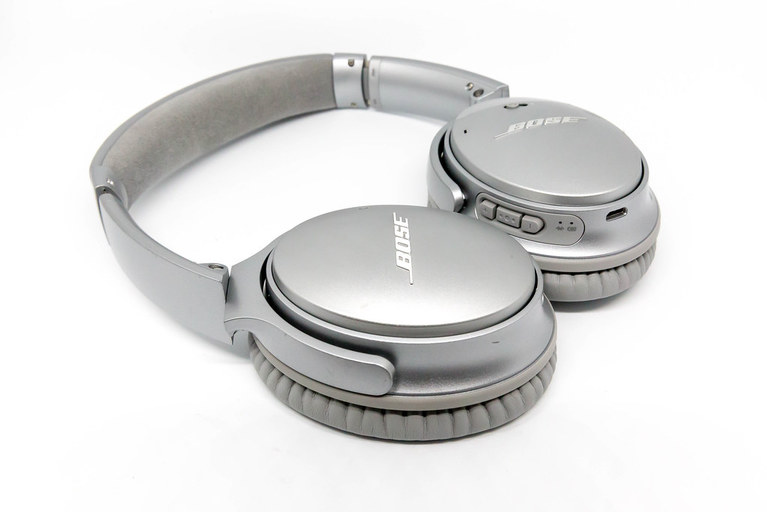
Noise cancellation headphones
What is noise-canceling headphone?
It is a kind of headphones that cancels the ambient noise before reaching your ears. This gadget helps the wearer drown out ambient noise and focus on talking to someone or listening to melodious music.
You may often see people wearing these kinds of headsets on long flights to tune out airplane engine noise. Noise cancellation is being achieved by using two kinds of methods. The first one is passive noise cancellation and the second is active noise cancellation.
Passive noise cancellation:
The passive word refers here that this method does not use any electronic components to achieve noise cancellation. In simple terms, it refers to noise cancellation achieved by the headset’s physical features like design and material used.
Passive noise cancellation is best for filtering out irregular, high-frequency audios, like your co-passenger who would not stop talking excitedly about illogical news. While this is typically being used in low-cost music headphones.
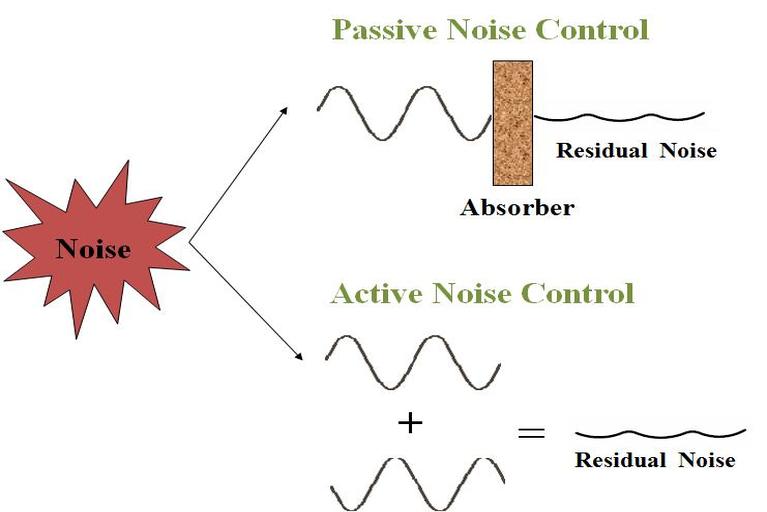
Passive and Active noise cancellation techniques
Active noise cancellation:
Active noise cancellation uses more advanced technology to surprise – actively prevent or counter ambient noise. This method detects and analyzes the sound pattern of incoming noise and then generates a mirror signal known as ‘anti-noise’ to cancel it out. And after canceling or reducing the external noise you hear your music.
This kind of noise cancellation works best for steady, low-frequency sounds, like ceiling fans or that same co-passenger who would not stop humming the theme tune of that illogical news. You usually find this noise cancellation in stereo headsets, which truly eliminates the ambient noise.
Many modern headsets use headphone noise cancellation to make the conversation sound better on both ends of the calls. Let’s have a look at the units of active noise cancellation headphones.
Units of active noise cancellation headphones:
- Microphone
- Noise-canceling circuit
- Speaker
- Bluetooth circuit
- Battery
Microphone:
A microphone placed inside the ear cup ‘listen’ to ambient or external sounds that cannot be blocked passively. Before blocking it is necessary to process ambient noise. That’s why this microphone is being used here.
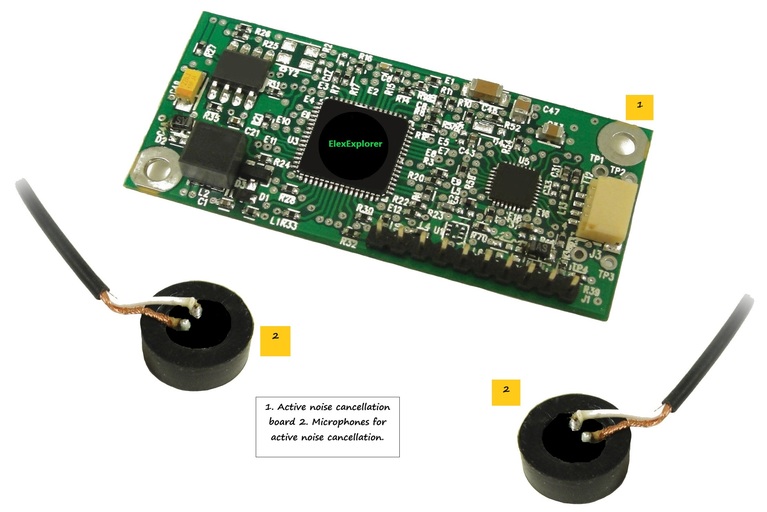
Noise cancellation circuit
Noise-canceling circuit:
An audio intelligent circuit also placed in the ear cup. It senses the input from the microphone and generates an ‘audio fingerprint’ of the noise, noting the frequency and amplitude of the incoming noise or sound wave. Then it creates a new sound wave that is 1800 out of the phase with the waves associated with the noise.
Speaker:
The ‘anti-noise sound’ created by the noise canceling circuit is fed into the headphone’s speakers along with the normal audio or your favorite music; the anti-noise sound erases the noise by destructive interference and generates noise-less audio.
Bluetooth circuit:
Bluetooth circuit with audio amplifier is also present in ear cup to provide wireless connectivity to your noise cancellation headphones.
Battery:
Here we are using several electronic components to cancel ambient noise. As of result energy must be added to the system to produce the noise-canceling effect. The source of that power is a rechargeable battery (most probably Li-ion batteries).
That’s how noise cancellation is being achieved.
Thanks for reading. See you soon with another exploration!

